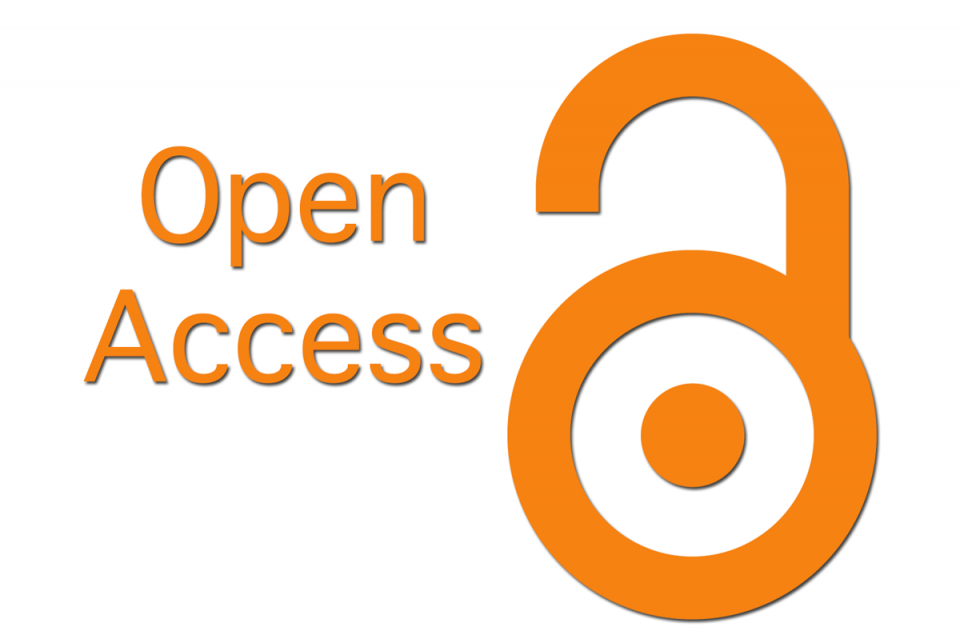A comparative study to evaluate salivary biomarker interleukin-6 in oral squamous cell carcinoma and oral potentially malignant disorders
Keywords:
Oral squamous cell carcinoma, oral potentially malignant disorders, salivary biomarker, interleukin-6, early diagnosis, non-invasive biomarker.Abstract
Background: Oral squamous cell carcinoma (OSCC) is a major global health concern, with a rising incidence and mortality rate. Salivary biomarkers, particularly interleukin-6 (IL-6), have gained attention for their potential in early diagnosis and monitoring of oral potentially malignant disorders (OPMDs) and OSCC. This study aimed to compare salivary IL-6 levels in patients with OSCC, OPMDs, and healthy controls.
Materials and Methods: A total of 90 participants were recruited for this comparative study and divided into three groups: OSCC (n=30), OPMD (n=30), and healthy controls (n=30). Unstimulated saliva samples were collected, and IL-6 levels were quantified using enzyme-linked immunosorbent assay (ELISA).Statistical analysis was conducted using ANOVA and post-hoc Tukey tests to evaluate intergroup differences, with a significance level set at p<0.05.
Results: The mean salivary IL-6 levels were significantly higher in the OSCC group (12.5 ± 3.2 pg/mL) compared to the OPMD group (6.8 ± 2.1 pg/mL) and the control group (1.9 ± 0.6 pg/mL) (p<0.001). A positive correlation between salivary IL-6 levels and disease severity was observed in the OSCC and OPMD groups. The diagnostic accuracy of IL-6 was evaluated using receiver operating characteristic (ROC) analysis, yielding an area under the curve (AUC) of 0.92 for OSCC versus controls and 0.85 for OPMDs versus controls.
Downloads
References
Kishimoto T. Interleukin-6: discovery of a pleiotropic cytokine. Arthritis Res Ther. 2006;8(Suppl 2):S2.
Zhang L, Xiao H, Wong DT. Salivary biomarkers for clinical applications. Mol Diagn Ther. 2009;13(4):245-59.
Kaur J, Jacobs R, Huang Y. Salivary biomarkers for oral cancer and pre-cancer screening: a review. Clin Oral Investig. 2018;22(2):633-41.
Downloads
Published
Issue
Section
License

This work is licensed under a Creative Commons Attribution 4.0 International License.
You are free to:
- Share — copy and redistribute the material in any medium or format for any purpose, even commercially.
- Adapt — remix, transform, and build upon the material for any purpose, even commercially.
- The licensor cannot revoke these freedoms as long as you follow the license terms.
Under the following terms:
- Attribution — You must give appropriate credit , provide a link to the license, and indicate if changes were made . You may do so in any reasonable manner, but not in any way that suggests the licensor endorses you or your use.
- No additional restrictions — You may not apply legal terms or technological measures that legally restrict others from doing anything the license permits.
Notices:
You do not have to comply with the license for elements of the material in the public domain or where your use is permitted by an applicable exception or limitation .
No warranties are given. The license may not give you all of the permissions necessary for your intended use. For example, other rights such as publicity, privacy, or moral rights may limit how you use the material.








